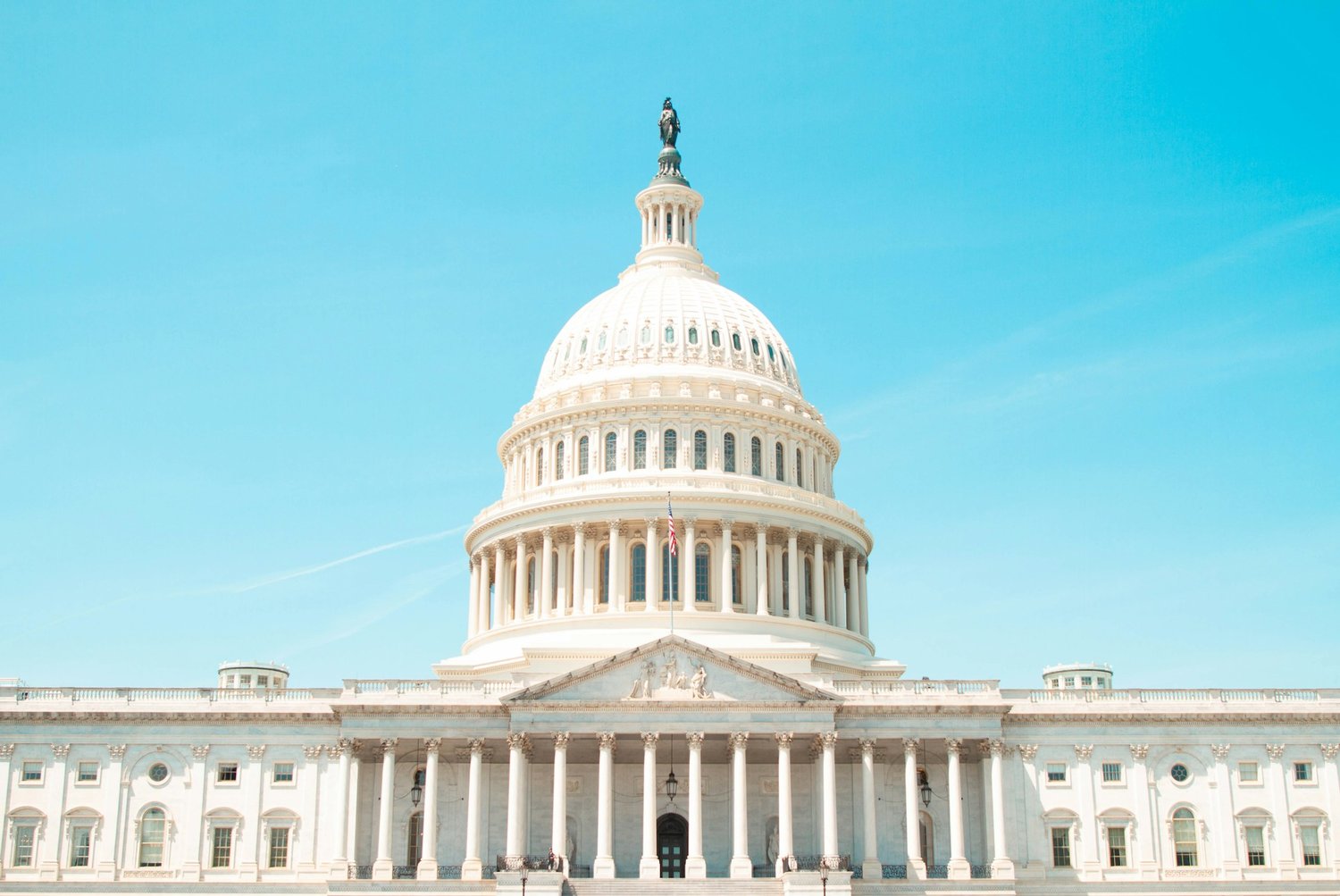Nixon v Fitzgerald 457 US 731 [1982] is a cornerstone in the legal framework surrounding presidential immunity within the United States. This case unequivocally established the precedent that the President of the United States is granted absolute immunity from civil liability for actions taken within the ambit of their official duties. The background, opinion of the Court, and its implications provide a fascinating insight into the judicial reasoning behind presidential protections and the balance of power in the US governmental system.
Arthur Ernest Fitzgerald's lawsuit against various government officials, including former President Richard Nixon, over his alleged wrongful termination for congressional testimony in 1968, set the stage for this landmark decision. Fitzgerald contended that his dismissal was a result of his whistleblowing activities, which caught the attention of the highest levels of government. Nixon's defence hinged on the argument that a sitting president could not be sued for official actions undertaken during their term. Despite lower courts rejecting Nixon's claim to immunity, the Supreme Court agreed to hear the case, presenting an opportunity to address the scope of presidential immunity directly.
In a narrow 5-4 decision, the Supreme Court ruled in favour of Nixon, articulating a doctrine of absolute immunity for the President from civil damages related to their official acts. This decision underscored the unique role of the presidency in the American constitutional structure, recognising the necessity for the President to execute their duties without the distraction of litigation. Importantly, the Court differentiated between immunity from civil suits and immunity from criminal prosecution, affirming that the President could still face criminal charges for acts committed either in an official capacity or personally.
The rationale behind granting absolute immunity was not to empower the President with unchecked authority but to acknowledge the existing checks and balances—including scrutiny from the press, oversight by Congress, and the potential for impeachment—that inherently limit presidential power. The Court also pointed to the President's accountability to the electorate and historical legacy as natural deterrents to misconduct.
The decision has had profound implications for the understanding of presidential immunity. It firmly established the legal protection for Presidents against civil liabilities arising from their official duties, allowing them to perform their roles without the encumbrance of ongoing litigation. However, this immunity was not seen as all-encompassing, as demonstrated by the subsequent Clinton v Jones case, which clarified that the President does not enjoy immunity from civil suits for actions outside the scope of presidential duties or before taking office.
These decisions together paint a complex portrait of presidential immunity, one that balances the need for a functioning executive branch with the principles of accountability and justice. They reflect a judicial effort to navigate the intricacies of power dynamics within the US government, ensuring that while the President is shielded from certain legal battles, avenues for accountability remain open. This nuanced approach ensures that the executive branch can operate effectively while still upholding the foundational American principles of checks and balances and the rule of law.

































